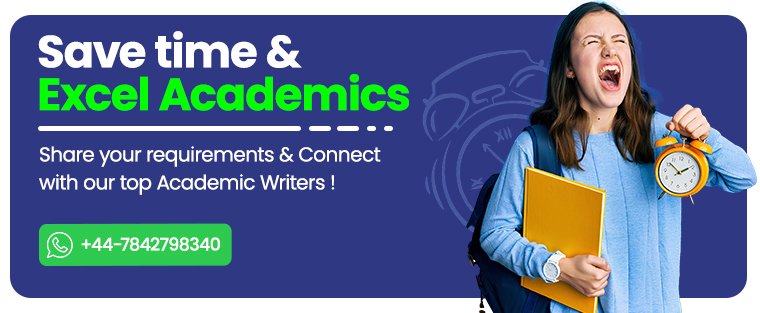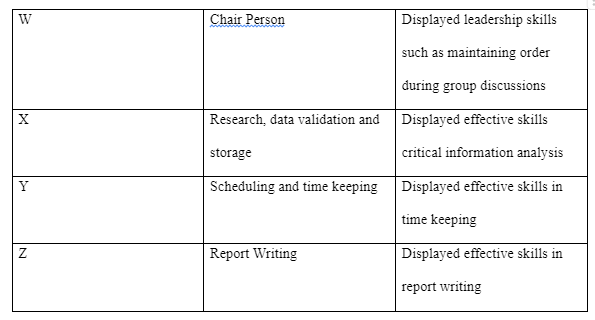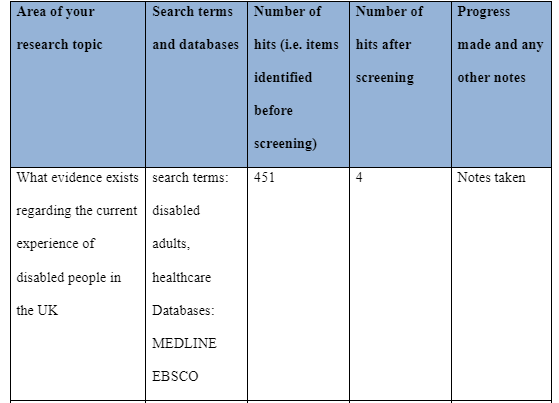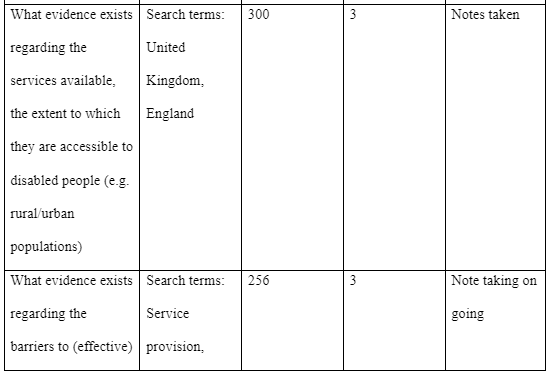Report on my progress In developing
Introduction
This is a reflective essay highlighting how I progressively developed skills and knowledge for my higher education studies. Organized in various sections, the paper will cover a range of aspects of higher education, challenges and how I addressed these challenges, including the support I sought for university dissertation help. In the first section, I will highlight the differences between school environment and higher education, giving details of the main challenges I have experienced so far in university and how I have managed to overcome them. Section two of the paper will be a detailed reflection workgroup as an aspect of higher education learning, and my experiences with the work group. Thirdly, I will reflect on how I have engaged with critical reading and thinking and what I have so far learned about the two aspects. Fourthly, I will reflect on my ability to locate information from various sources and the process and techniques I use to evaluate their reliability. Ultimately, I will give a reflection of how I have managed to progress over the module and the areas that I still feel there is a need to work harder for further development.
Differences between Higher Education and School Environment
I could easily distinguish university from high school from my early days on campus. For example, while I needed permission in high school to participate in various co-curricular activities, I was at liberty to choose whether I could participate in such activities or not in the university. A major problem that I encountered with this liberty and freedom is that I became vulnerable to poor time management. However, to address this challenge, I apportioned my time to strike a balance between time for co-curricular activities and for academic work. To ensure that I strictly adhered to my timing, as recommended by Mortagy et al (2018), I established an activity timetable highlighting the days and times of the days that I was supposed to participate in the activities and those that I could spend purely on academic work. I have attached a copy of my timetable in appendix 1 to illustrate how I balanced my time for co-curricular activities and for academic work.

Despite having a well-balanced timetable to guide me, I could still be swayed by friends to attend off-campus sports and music concerts even if my timetable indicated that it was time for personal studies. To address this challenge, I considered getting new friends my friends – even though this decision may have had an impact on my social life. All in all, a major lesson I have learned from these experiences is that the kind of friends or social circle one has determines how well they manage their time in the University.
A Reflection on Work Group
As part of the module requirements, we were organized in groups of four to discuss different topics in the different units we handled. Specifically, our group was assigned to discuss the topic of the VW emission scandal. Raluca & Romulus (2016) argued that the success of any group discussion relies on how organized that group is. Against this backdrop, members of my group appointed a leader charged with the responsibility of chairing all the discussion session to ensure there is order. The group was organized in a manner that every member could only contribute to any discussion upon receiving permission from the group leader.
While we were organized enough to have smooth and orderly discussion, a major challenge that we encountered was absenteeism and lack of commitment from some group members. To overcome this challenge, we sought assistance from our module instructor to deduct points from any group member who became absent without apology or failed to execute tasks assigned to them.
As a member of the group, I was assigned the task of identifying various relevant literature highlighting the VW scandal and availing them to the group during our discussion sessions. Hence, I was responsible for retrieving, recording and keeping all the literature related to the topic of discussion. To expeditiously execute this role, I relied on online sources such as newspapers and journal articles to retrieve all the information required. I acquired the newspapers from their respective websites such as The Guardian and The New York Time. Links to these websites and evidence of how the groups were organized are provided in the reference section and Appendix 2 respectively. Also, I relied on online databases and search machines such as EBSCO and Proquest to retrieve peer-reviewed journal articles.
Engagement with Critical Reading and Thinking
Critical reading and thinking are two major aspects of my studies that have been interesting to fathom. My frequent engagement with these two aspects or learning has made me gain some insight into what each one means, the difference between the two, and how they work together to enable an understanding of any form of written content. For instance, as argued by Chittooran (2015), I have learned that critical reading helps in discovering ideas and information within a text while critical thinking helps in evaluating ideas and information to enable the reader to evaluate the information they are reading – and believe or accept it.
During the module, there were instances where I applied both critical reading and thinking to evaluate and understand some written content. For example, the two techniques have been useful in enabling me to monitor my understanding as I read various module textbooks. In doing so, I apply critical thinking to sense when an assertion is irresponsible or ridiculous, then I apply critical reading to have a closer examination of the text to test my understanding.
On the contrary, during the module, I have discovered that critical thinking largely depends on critical reading. As Siti & Muhimatulifadah (2017) also argue, I have realized that I can think critically about a text – only after reading it critically. Hence, by relying jointly on the two aspects, I am always at liberty to reject or accept a presentation.
Within the period of my stay at the University, I have learned and gained a considerable level of speed of reading and comprehending texts. In doing so, I have used skill sets such as skimming and scanning to quickly identify and understand key points within a text. Attached in Appendix 3 is an illustration of my skills in fast reading and comprehension.
Locating Appropriate Information from a Variety of Sources and Evaluating Their Readability
Lewis (2015) state that to produce a strongly argued academic paper, sources found and used for the research must be carefully evaluated. As such, whether I am using books, journal articles, or newspaper articles, I must always evaluate their relevance, currency, purpose, authority, and accuracy (Ioannidis et al, 2015). In doing so, I have learned that some sources may be current but not accurate, while others may be accurate but not relevant. Therefore, the most important experience I have gained from my routine evaluation of information sources is that an appropriate source of information must be accurate, purposeful, authoritative, relevant and current as theorized by (Ragin 2014). Therefore, I usually try to identify these elements form any form of information delivered in class during lectures, or when am doing my personal studies.
To identify whether the information is current, I check the document’s date of publication during my personal studies, or check the teacher’s guide textbook date of publication when in class. I also check other aspects of the source such as when it was last edited, revised or updated – as recommend by (Creswell, 2017). Likewise, as proposed by Best & Kahn (2016), I frequently assess the source’s accuracy to know whether the content is truthful, reliable and correct. I also check whether the document is peer-reviewed (for journal articles) or whether the information is factually verified through referencing. Attached in Appendix 4 is a sample research that I did for the module indicating how I organized and critically evaluated an information source.
My Progress over the Module
Based on an evaluation of myself, I have established that I have strengths and much progress in several aspects of my higher education. For instance, I see myself to have gained experience in reading and comprehension because as evidenced in appendix 3, I can skim and scan through a document to identify key points and comprehend the main points. Another area that I have progressed most is critical thinking and reading. Thirdly, I have gained a considerable level of experience in evaluating information sources to ensure that I retrieve relevant, reliable, timely and accurate information throughout my studies. Nonetheless, I am planning to learn more about information source evaluation by gaining additional skills in evaluating a source’s authority. Similarly, I still face challenges of time management and following my personal timetable. These are areas I have set goals for improvement. Attached in Appendix 5 is a summary of my plan for improvement, indicating the item to improve on and possible deadlines for such improvements.

References
- Best, J. W., & Kahn, J. V. (2016). Research in education. Pearson Education India.
- Chittooran, M. M. (2015). Reading and Writing for Critical Reflective Thinking. New Directions For Teaching & Learning, 2015(143), 79-95. doi:10.1002/tl.20137
- Creswell, J. D. (2017). Research design: Qualitative, quantitative, and mixed methods approaches. Sage publications.
- Ewing J, (2018).Overseer Faults Volkswagen’s Reform Efforts Since Emissions Scandal, The New York Times, 22nd April 2018, [accessed on 31st July 2018]
- Elgot J, (2018). VW scandal: emissions cheats could face criminal charges, The Guardian, 2nd Feb www.theguardian.[accessed on 31st July 2018]
- Ioannidis, J. P., Greenland, S., Hlatky, M. A., Khoury, M. J., Macleod, M. R., Moher, D., ... & Tibshirani, R. (2014). Increasing value and reducing waste in research design, conduct, and analysis. The Lancet, 383(9912), 166-175.
- Lewis, S. (2015). Qualitative inquiry and research design: Choosing among five approaches. Health promotion practice, 16(4), 473-475.
- Mortagy, Y., Boghikian-Whitby, S., & Helou, I. (2018). An Analytical Investigation of the Characteristics of the Dropout Students in Higher Education. Issues in Informing Science & Information Technology, 249. doi:10.28945/3999
- Ragin, C. C. (2014). The comparative method: Moving beyond qualitative and quantitative strategies. Univ of California Press.
- Raluca, Z., & Romulus, V. (2016). Work Group Development Models – The Evolution from Simple Group to Effective Team. Ecoforum, Vol 5, Iss 1 (2016), (1).
- Siti, A., & MuhimatulIfadah, M. (2017). Self-Regulated Learning: An Approach to Improve Students‟ Critical Thinking In Reading. Unnes International Conference On ELTLT, Vol 0, Iss 0, Pp 701-706 (2017), (0), 701. doi:10.15294/eltlt.v0i0.277







- 24/7 Customer Support
- 100% Customer Satisfaction
- No Privacy Violation
- Quick Services
- Subject Experts



